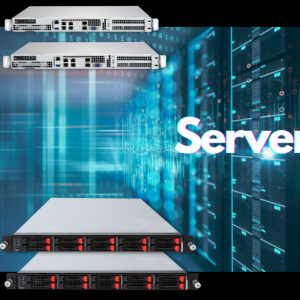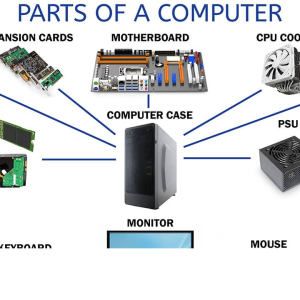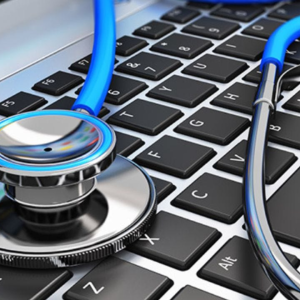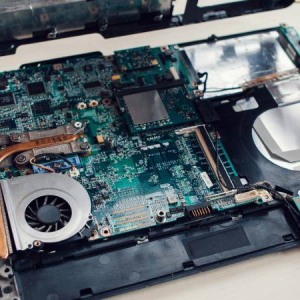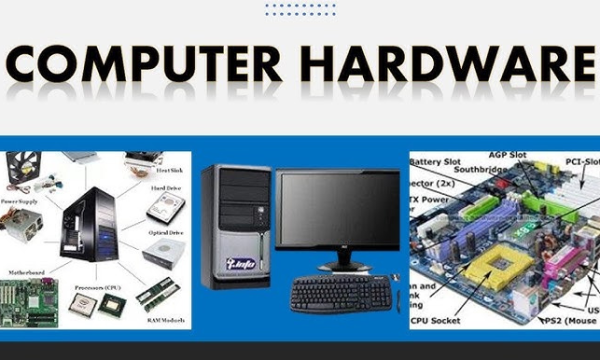
When diving into the world of computers, it’s essential to grasp the fundamentals of computer hardware and software basics. This guide will explore computer hardware networking, hardware components of computer network, and delve into the basics of PC hardware to help you learn computer hardware effectively.
What is Computer Hardware?
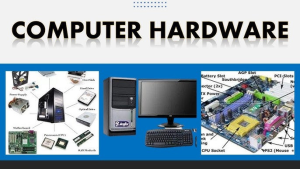
Computer hardware refers to the physical components that make up a computer system. Unlike software, which consists of programs and data, hardware is tangible and includes parts like the motherboard, CPU, RAM, and storage devices. Understanding hardware basics is crucial for anyone looking to get into computer hardware networking or simply wanting to grasp how their PC operates.
Computer Hardware Basics
To start with, let’s break down PC hardware basics. A typical computer system consists of several key components:
- Central Processing Unit (CPU): Often considered the brain of the computer, the CPU executes instructions from programs and processes data.
- Motherboard: This is the main circuit board that houses the CPU, RAM, and other crucial components. It connects all hardware components and allows them to communicate.
- Random Access Memory (RAM): RAM is the computer’s short-term memory. It temporarily stores data that the CPU needs while performing tasks.
- Storage: This includes hard drives (HDDs) and solid-state drives (SSDs) where data is stored long-term.
- Power Supply Unit (PSU): The PSU provides power to all the hardware components.
- Input/Output Devices: These are peripherals such as keyboards, mice, and printers that allow users to interact with the computer.
Which of the Following is Considered to be Computer Hardware?
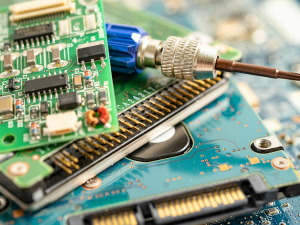
When discussing hardware components of computer network, it’s essential to distinguish between hardware and software. Computer hardware includes physical devices like:
- Routers and Switches: These devices manage and direct network traffic.
- Network Interface Cards (NICs): NICs allow computers to connect to a network.
- Cables and Connectors: These facilitate the physical connection between network devices.
In contrast, software refers to the programs that run on the hardware, such as operating systems and applications.
Learn About PC Hardware
For those eager to learn hardware or learn about PC hardware, starting with the basics is vital. Here’s a step-by-step approach:
- Understand the Main Components: Familiarize yourself with the major hardware components mentioned earlier.
- Study Each Part’s Function: Learn how each component contributes to the overall functionality of the computer.
- Explore Hardware Upgrades: Investigate how upgrading components like RAM or SSDs can improve performance.
- Hands-On Experience: If possible, build or upgrade a computer to gain practical experience.
Hardware and Software Basics
A well-rounded understanding of hardware and software basics is crucial. Hardware refers to physical components, while software includes operating systems and applications. The two work together to make a computer function. For example, the hardware components of computer network like routers require software to manage network traffic efficiently.
Computer Parts Software and Hardware
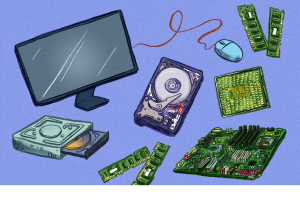
Each computer part has a corresponding software component:
- Drivers: These are software programs that allow the operating system to communicate with hardware components.
- Firmware: This is specialized software embedded into hardware devices like the BIOS on the motherboard.
Hardware Components of Computer Network
In computer hardware networking, understanding the hardware components of computer network is crucial. These components include:
- Routers: Direct data packets between devices and networks.
- Switches: Connect multiple devices within a network and manage data traffic.
- Modems: Provide access to the internet by converting signals.
- Cabling: Ensures physical connectivity between network devices.
Computer Hardware Blog
For those looking to stay updated on the latest in computer hardware, a computer hardware blog can be an invaluable resource. These blogs often cover topics such as:
- New Hardware Releases: Information on the latest CPUs, GPUs, and other components.
- DIY Guides: Tutorials on building or upgrading computers.
- Industry Trends: Insights into emerging technologies and innovations in hardware.
Conclusion
Whether you’re interested in learning computer hardware or just brushing up on hardware basics, understanding the core components and their functions is crucial. From the basics of PC hardware to the intricacies of computer hardware networking, having a solid grasp of hardware and software basics will equip you with the knowledge needed to tackle various tech challenges. Stay informed through reliable sources like computer hardware blogs and continue expanding your expertise in this ever-evolving field.
If you have any questions for us, you can see more at: https://hardwarepc.xyz/, X

